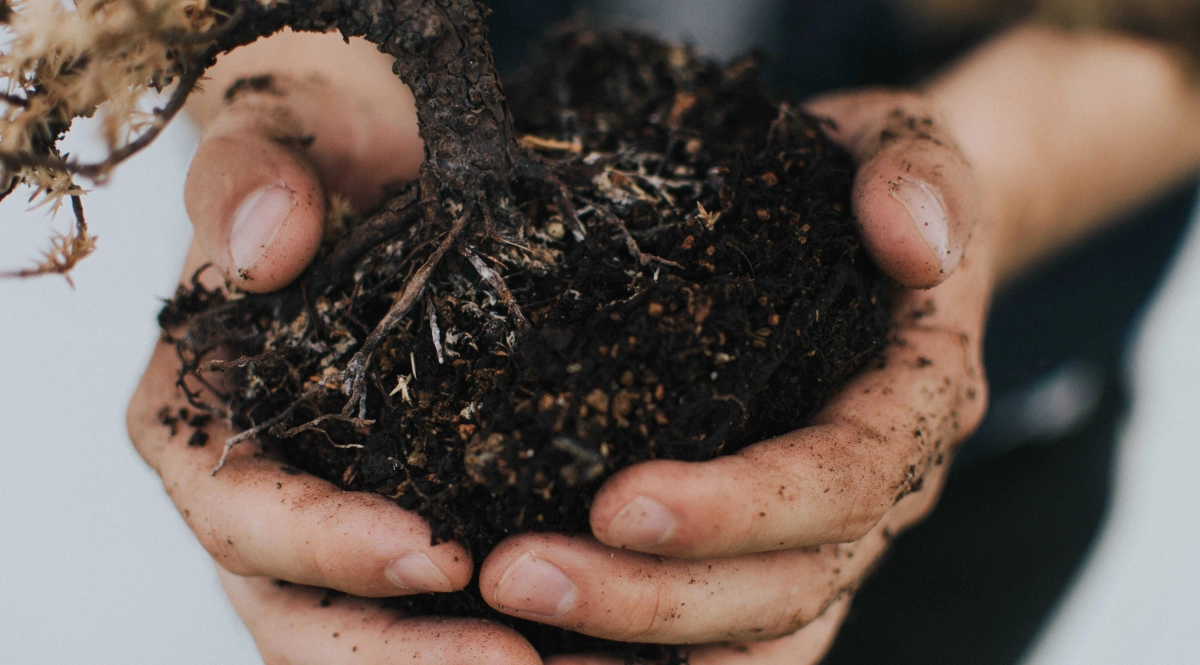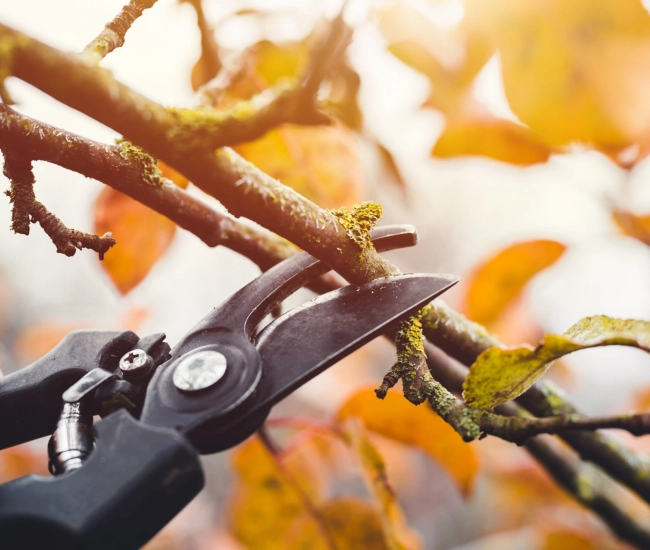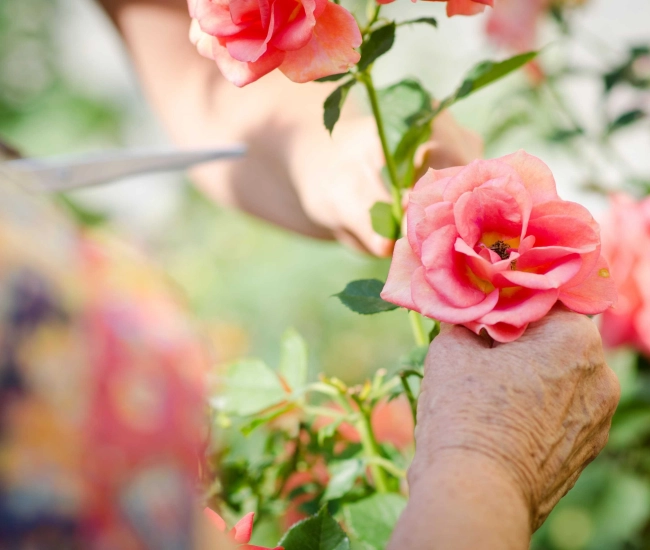
The Nutritional Needs of Plants: Get to Know Them
Plants require about twenty nutrients. The elements N (nitrogen), P (phosphorus), and K (potassium) are the basic nutrients for your plants. The 3 numbers that appear on fertilizer containers correspond to these elements.
Of course, other minerals are also necessary for the plant, such as:
- magnesium
- sulfur
- calcium.
To complete their diet, your plants also need trace elements in small quantities such as:
- iron
- boron
- zinc
- copper.
Your indoor plants require more fertilization than your flower beds because the growing medium available to the plant is relatively limited in a pot. Note that new soil does not require fertilization for 1 or 2 months.
The 3 Basic Elements and Their Benefits
As mentioned above, 3 nutrients form the basis of your plants' diet. Learn to understand their utility in the life of your different plants.
Nitrogen (N)
Nitrogen is one of the elements that transform mineral matter into plant tissue. The action of nitrogen primarily promotes the growth of the green parts of plants, namely stems and leaves. A beautiful dark green foliage is generally a sign of a sufficient amount of nitrogen. It is the element that is absorbed in the largest quantity.
Be careful: if you give too much nitrogen to your plants, the foliage will develop at the expense of flowers and fruits.
Phosphorus (P)
This element plays a major role in the development of plants. It is particularly useful for their growth, especially in the development of roots and stems.
Potassium (K)
This element promotes the development of fruits. After nitrogen, it is the most absorbed element by plants. It helps them resist drought and fungal diseases. Finally, the resistance of perennial plants to winter cold is enhanced by the availability of this element.
Plants Have Different Needs
Each plant has its specific nutrient needs. This is why there are several fertilizers available on the market. Here are some examples of these different needs by type of plant:
- fruit trees: phosphorus is a good aid to their cultivation
- conifers: a good amount of nitrogen helps the development of their foliage
- lawns: high nitrogen needs to green up in spring
- roses: potassium ensures flowering and resistance to diseases
- lettuces: a good amount of nitrogen ensures their good development
- tomatoes: potassium aids their fruiting.
Our Passion Jardins Products
At Passion Jardins, we have developed our own range of products. It is environmentally friendly and suitable for local horticultural conditions. Furthermore, it perfectly meets the nutritional needs of plants, all for an ideal quality/price/happiness ratio.
To see the Passion Jardins products, visit our Our Exclusive Brand page on our website. Happy gardening!
Tips and advice



